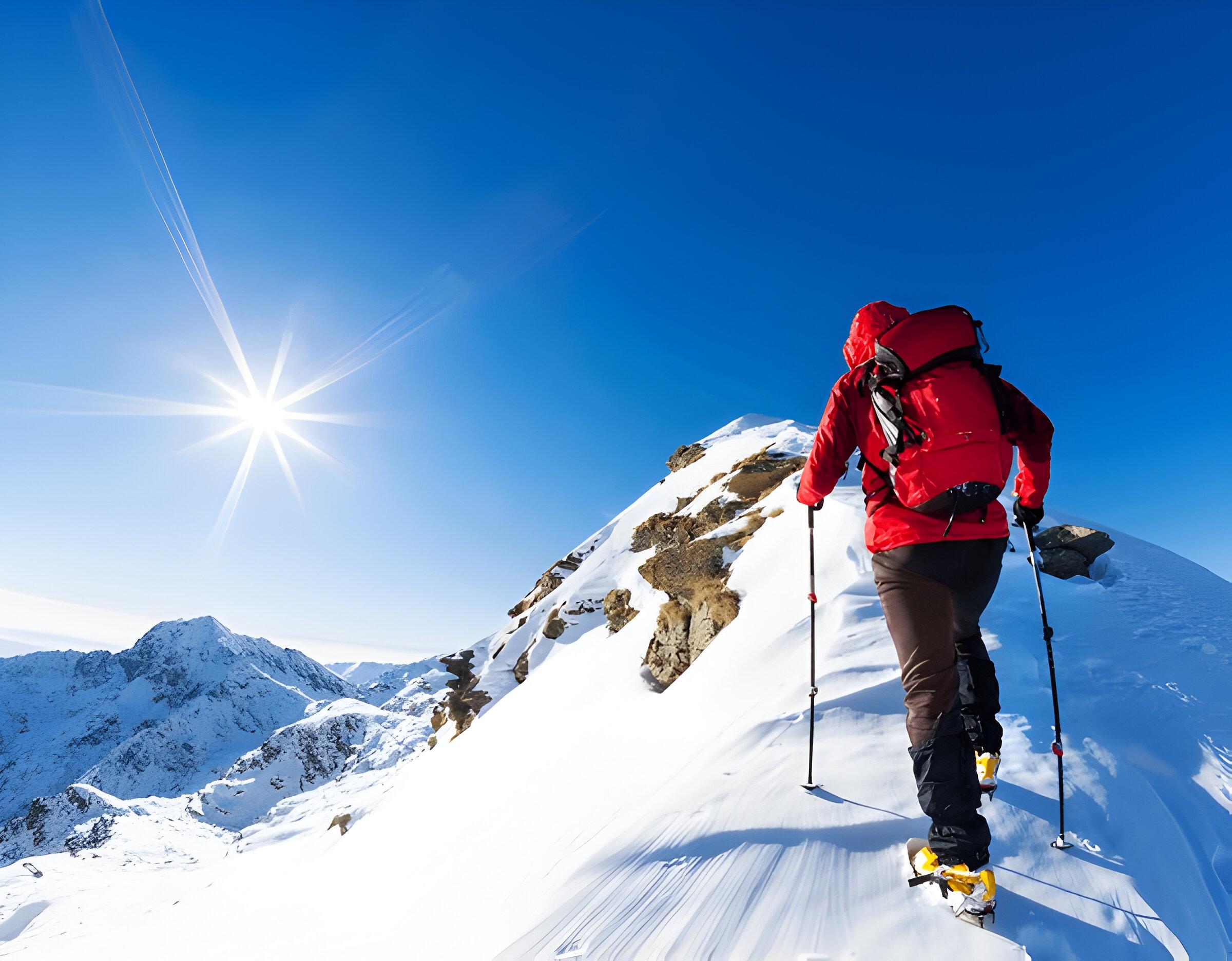Climbing Lobuche Peak: A Journey to the Roof of the World

Lobuche Peak, standing at 6,119 meters (20,075 feet), is a striking summit in the Everest region of Nepal. Nestled in the heart of the Himalayas, this peak offers an incredible adventure for those seeking a high-altitude climbing experience that combines technical challenges with breathtaking views. Often considered a more accessible alternative to the nearby Everest, Lobuche Peak presents a unique opportunity to experience the grandeur of the Himalayas without the extreme demands of the world’s tallest mountain.
The Route to the Summit
Climbing Lobuche Peak typically begins with a trek to the Everest Base Camp, a journey that offers stunning landscapes and acclimatization opportunities. The route from Kathmandu to Everest Base Camp involves a flight to Lukla, followed by a multi-day trek through the Solu-Khumbu region, passing through Sherpa villages, lush forests, and alpine meadows. From the Base Camp, climbers continue to Lobuche Base Camp, where they will prepare for their ascent.
The climbing route on Lobuche Peak is divided into several stages. After acclimatizing at Base Camp, climbers make their way to the high camp, which is situated at an altitude of around 5,400 meters (17,717 feet). The final push to the summit involves navigating a steep, rocky ridge and a narrow snow-covered summit ridge. The climb is technically demanding, requiring a good understanding of ice and rock climbing techniques, but it is less challenging compared to other high peaks in the region.
What to Expect
Climbing Lobuche Peak demands physical endurance and mental resilience. The ascent involves sections of mixed terrain, including ice fields, rocky outcrops, and steep inclines. The high-altitude environment can cause symptoms of altitude sickness, making proper acclimatization and hydration essential. Climbers often use ropes and harnesses for safety, and prior experience with mountaineering is recommended.
The rewards of summiting Lobuche Peak are immense. From the top, climbers are greeted with panoramic views of the Everest region, including the majestic Everest itself, as well as Lhotse, Nuptse, and Makalu. The sweeping vistas of the Himalayas and the surrounding peaks provide a sense of accomplishment and awe that few other experiences can match.
Practical Considerations
Climbing Lobuche Peak requires careful planning and preparation. It is essential to choose a reputable guiding company with experienced staff to ensure safety and success. The best time to attempt the climb is during the pre-monsoon (April to May) or post-monsoon (September to October) seasons when the weather conditions are more favorable.
Proper acclimatization, physical training, and understanding of high-altitude climbing techniques are crucial for a successful ascent. Additionally, climbers should be prepared for variable weather conditions and be equipped with appropriate gear, including crampons, ice axes, and climbing ropes.
Conclusion
Lobuche Peak offers a thrilling and rewarding climbing experience for those seeking to explore the heights of the Himalayas. With its challenging yet achievable routes, stunning views, and the sense of adventure it provides, Lobuche Peak stands as a testament to the allure of high-altitude mountaineering. For many, it serves as a stepping stone to greater peaks or a fulfilling goal in its own right, making it a memorable highlight in the world of climbing.
- Art
- Causes
- Crafts
- Dance
- Drinks
- Film
- Fitness
- Food
- Games
- Gardening
- Health
- Home
- Literature
- Music
- Networking
- Other
- Party
- Religion
- Shopping
- Sports
- Theater
- Wellness
- IT, Cloud, Software and Technology


